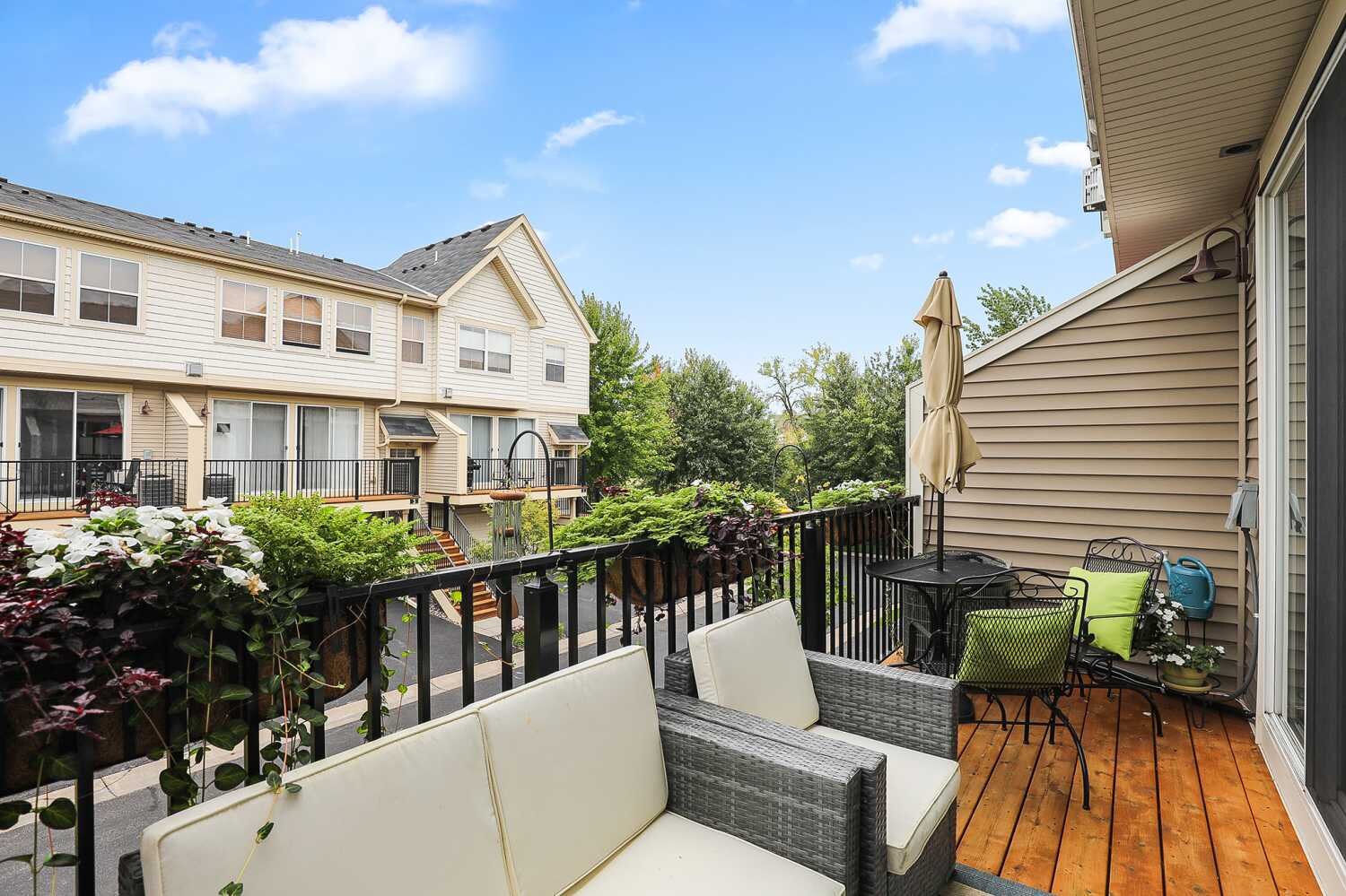There was just an article in the Star Tribune about how many properties were going to multiple offers and how difficult it is for a first time buyer to buy properties because of multiple offers. and prices going over list price. While this may be the case, it is a very competitive environment out there, especially in the certain neighborhoods and certain price points, there are some things that are not being done that can help a buyer win this game.
I have listed hundreds of properties in my career so I feel I have a good handle on evaluating listings. I have been in a large number of multiple offer situations and I have gained experience about certain ways an offer is written and how to infer some information about the buyer. I say this because understanding the buyer and therefore the likelihood to close the sale on time and without renegotiating is a big deal. There is more to an offer than just the initial offered price, the likelihood that it will close can be a bigger concern than the offer price. There are a lot of mistakes that I see agents make in writing an offer in a multiple offer situation. There are several key items that should be discussed with a buyer to make an offer more enticing to a seller.
Here is an example. I just listed a duplex in Golden Valley for $325,000. We had 30 showings the first weekend and ended up with 7 offers. We could have gotten more but decided to have a deadline to accept offers. The offer we ended up accepting was for $400,000. Wow, you say. How would a buyer compete in that situation? Well here is a few things that the seller and I discussed. The seller actually said to me “I don’t want any more money, I just want to know which one of these offers will close”. So, there it is - the key to getting an offer accepted without being the highest price: showing the seller that you are going to close on time and without any renegotiating.
There are several ways that a buyer can let a seller know that they fully intend to close the transaction and won’t play games with inspection or even appraisal. In the above example, if there would have been an offer for $350,000 with no contingencies the Seller would have accepted it. So how do you do that? Lets look at each of the contingencies:
Inspection
This is the big one. Especially in a multiple offer situation where a buyer may feel that they had to over bid to get the house, they are going to use inspection to claw back some of that purchase price. So, if a buyer doesn’t include an inspection, this is a huge advantage to an offer. In the above example, every offer had an inspection. The agents changed the inspection dates from 5 - 10 days, but none of the offers removed this contingency.
Maybe you aren’t comfortable without an inspection, well here are a few thoughts on how to get around that.
Bring the inspector with you to the showing. Let’s say its Wednesday and the seller says they have received multiple offers and they request highest and best offers by 5pm on Friday. Have your realtor set up another showing for Friday morning and hire an inspector to do a quick inspection of the house. Tell them they don’t have to provide you with a worthless written report and that will save the inspector a lot of time and they will be much more likely to do a quick inspection of the house. Meet them there and just tell them to look out for major concerns. If there are none, you can now write an offer without an inspection contingency.
Maybe you have a friend in construction. Have them meet you at the house and look out for major concerns. Inspections these days have gotten so concerned with minor details. In a multiple offer situation where you really want the house, only major concerns should be looked at. There are about 5 or 6 items that are major concern : roof, windows, structural, furnace, sewer/septic, exterior. You could inspect all of these in 30 minutes.
I can tell you that in the past 100 inspections that I have negotiated the number of inspections that came back with no issues is less than 5. If you write an offer without an inspection, that is a huge plus to a listing agent and the Seller.
So you aren’t comfortable without an inspection. Then write the offer with specific inspections only and state the conditions that would trigger the contingency. Let’s say you want to inspect the sewer line to the City sewer. This is an expensive repair that could be $5-$10k. If you write up an offer with only a sewer line inspection and only for repairs of $3k or more. This lets the seller know that its only “big” problems that would be a problem here and if they don’t have any, there should be no issues. You could do the same with a furnace inspection and have the seller provide a “certified” furnace from a licensed HVAC contractor in lieu of an inspection. This means that as long as the furnace is 100% safe and working, you don’t need an inspection contingency.
Appraisal
The other big contingency is an appraisal that is performed by the buyers lender to verify the value of the property. Appraisals are a big concern for a seller, especially in a situation where the sale price ends up going over the list price. If a property doesn’t appraise, then the difference in appraised value to the price on the purchase agreement, needs to come from somewhere or the purchase agreement is cancelled. And usually the buyer doesn’t have the funds to come up with the increased down payment, so the seller ends up reducing the price to cover the shortfall.
Let’s say the house was listed at $280,000 and you offer $300,000. You could either write in the offer that in the event that the property does not appraise for sufficient value, the buyer will be responsible for bringing additional funds to closing. Maybe the buyer doesn’t have the funds, but if it ends up being only $3,000 shortage in funds, the advantage by removing the appraisal contingency could outweigh the risk of bringing a small amount of funds. And generally when an appraisal is short, it isn’t by a lot, so the risk isn’t that great.
It is this lack of appraisal contingency that gives a cash buyer a huge advantage over a financed offer. So, if the financed offer can remove the appraisal contingency, it would tremendously help their offer.
There are some other items that should always be addressed in a multiple offer situation. Earnest money should always be higher than normal. Its very difficult for a seller to keep a buyers earnest money, so why not write it up higher. A rule of thumb is $1,000 of earnest money for every $100,000 of purchase price. So on a $300k house thats $3k of earnest money. Why not double it? It just looks better to a seller and there is basically no chance that you will lose your earnest money.
Closing dates can be left blank so the Seller has the choice. If that’s an option, it can be a great relief to a seller to know that they don’t need to vacate their house in 30 days.
There is a section on financing that the buyer states when their financing will be finalized. This should always be checked in a multiple offer situation. I see this unchecked all the time and it just makes a seller concerned about the buyer getting their loan approved.
Overall, while it certainly can be difficult competing in a multiple offer situation, there are some things a buyer can do to make their offer more attractive. Removing contingencies is a big part of that and one that most agents don’t appropriately address with their buyers.
























































